Physical Address
304 North Cardinal St.
Dorchester Center, MA 02124
Physical Address
304 North Cardinal St.
Dorchester Center, MA 02124
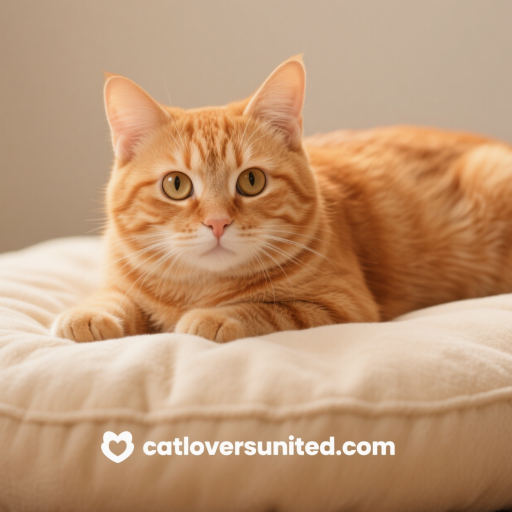
Let the cat's world be filled with love

Let the cat's world be filled with love
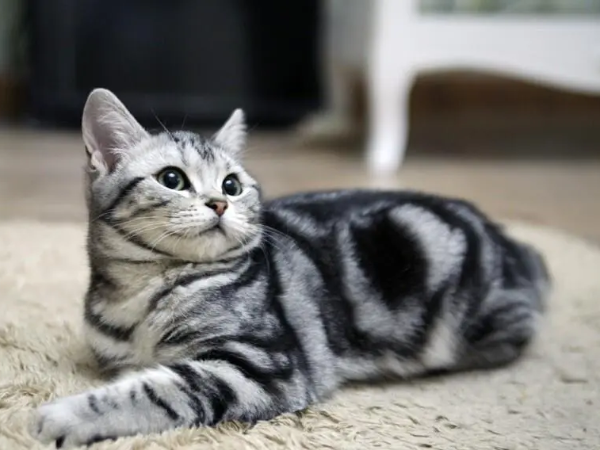
You’re trying to sneak out – shoes on, keys in hand, moving like a ninja. Then you turn around… and there they are. Those huge, unblinking eyes staring at you with a mix of betrayal and “I knew you’d try this” disappointment.
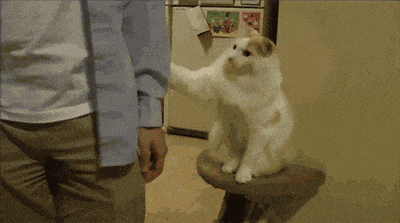
But here’s what’s really happening in your cat’s mind when you disappear without warning – and why a simple “I’ll be back” makes all the difference.
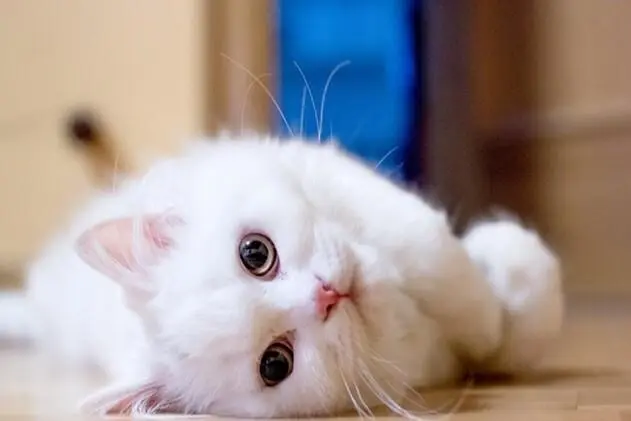
Despite their aloof reputation, cats are actually:
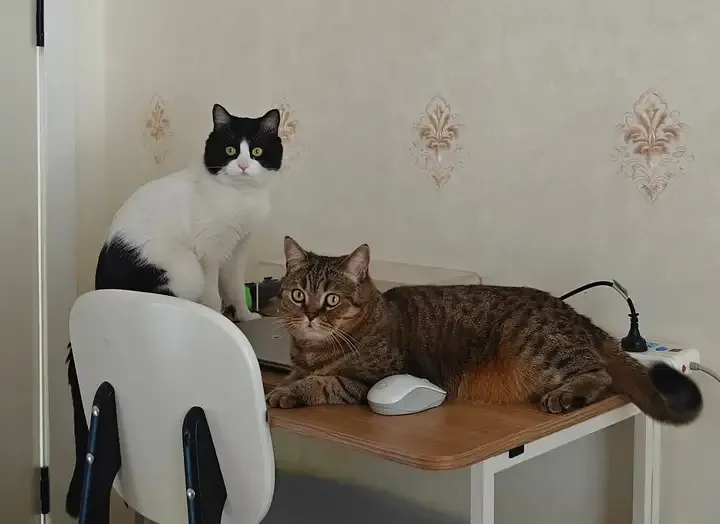

What they’re thinking when you vanish:
“Did I do something wrong?”
“Will they ever come back?”
“Is there danger I should be hiding from?”
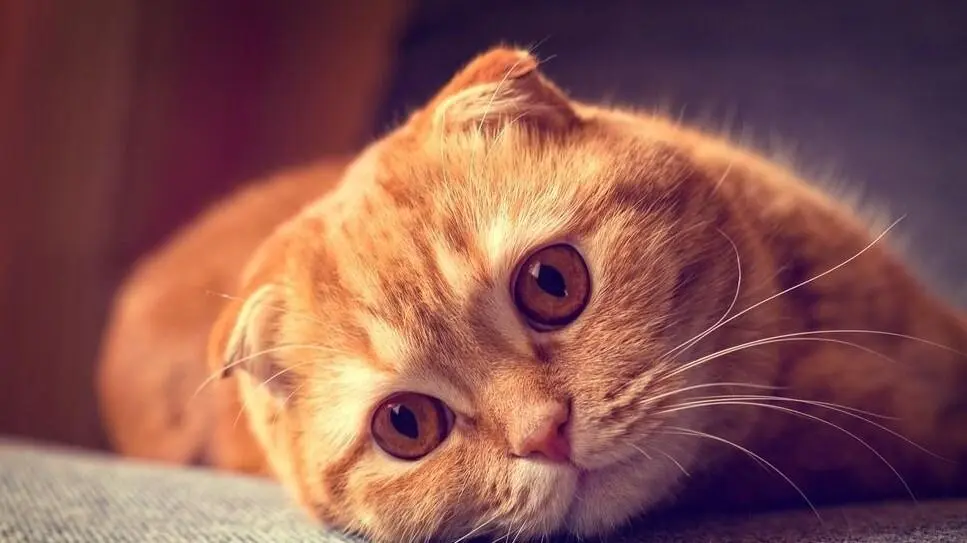
Studies show 10-15% of cats exhibit:
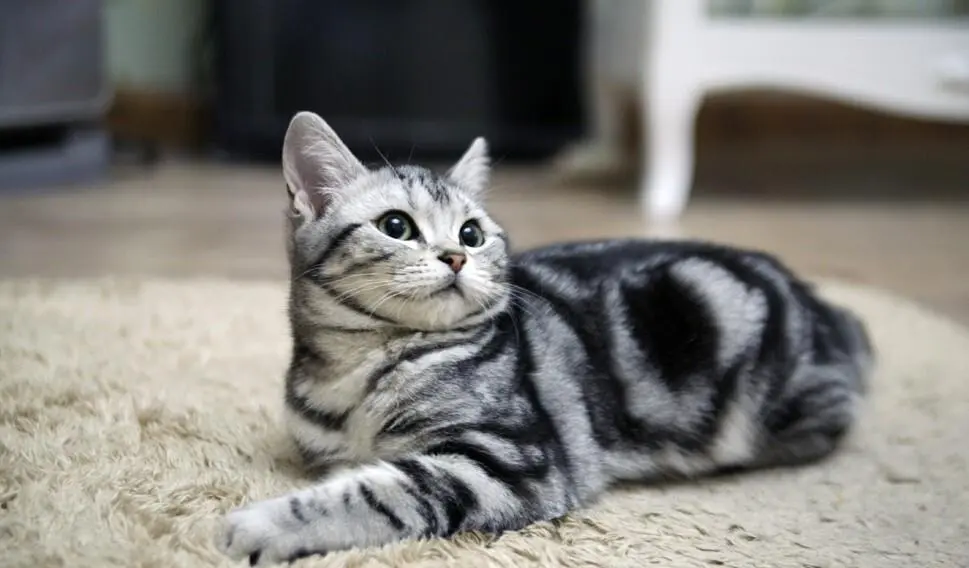

The trigger? Unpredictable departures that feel like abandonment.
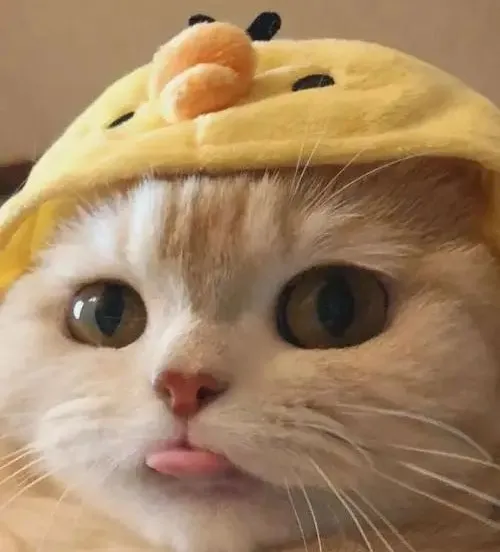
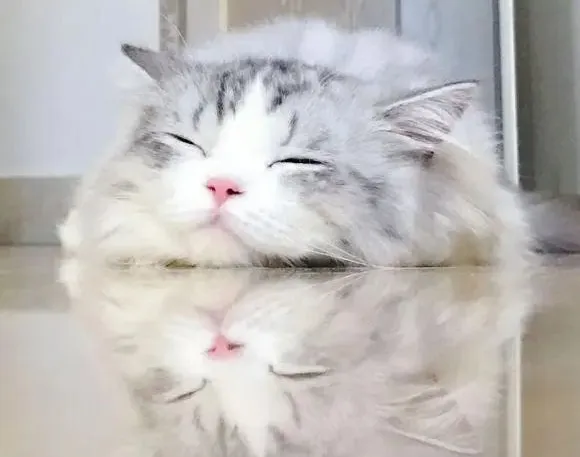
Why this works: Predictability reduces stress by:
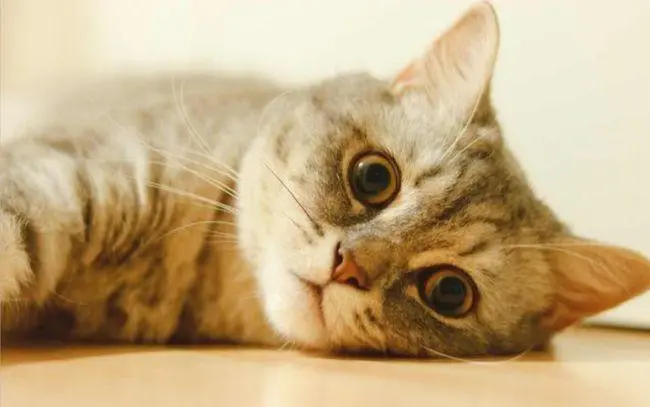
Pro Tip: This prevents overstimulation and reinforces that comings/goings are normal.
✔ Reduced stress hormones
✔ Fewer behavior issues
✔ Increased sense of security
✔ Less guilt about leaving
✔ Happier homecomings
✔ Stronger bond
“Consistent departure rituals help cats understand that absences are temporary. This is especially important for rescues with abandonment trauma.” – Dr. Sarah Wooten, DVM
The 3-Step Goodbye:
Share Your Experience:
What’s your cat’s goodbye routine? Do they have any funny reactions when you leave? Tell us in the comments!